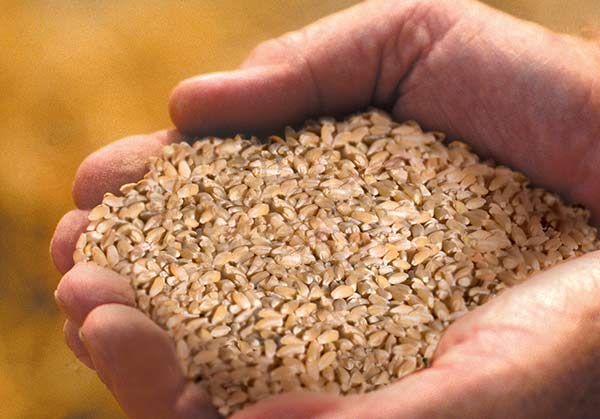Tagliatelle n° 107 all'uovo con spinaci
Tagliatelle are consumed all over Italy and are part of the long, flat pasta family.
They originate from the northern regions of Italy, especially in the culinary traditional in the Emilia Romagna region.
That Tagliatelle originated in Emilia Romagna is demonstrated by their presence in popular sayings and colloquial expressions used by the people from this region. An example of how Tagliatelle are profoundly rooted in Emilia Romagna is "Science in the Kitchen and the Art of Eating well" by Pellegrino Artusi: "Conti corti e tagliatelle lunghe" (literally, short bills and long tagliatelle) is a wise saying from Bologna because long bills frighten the poor husbands and short tagliatelle demonstrate the inexperience of the person made them and served them as if they were left-overs."
Their natural versatility makes them delicious with all types of condiments. They are excellent for first courses or in oven-baked dishes, perfect with fish or shell-fish based sauces, or with butter or white sauces made from soft cheeses and cream with the addition of curry or saffron.
Available in 250g packs
- Cooking time: 3 min

Our method
Tagliatelline n° 133 all'uovo
Tagliatelline, which originate from Liguria, are consumed all over Italy and are part of the long, flat pasta family.
You need to go a long way back to retrace the origins of Tagliatelline and beyond the confines of Italy. Tagliatelline were known as early as 700 BC in Japan where they were imported from China with many other cultural and religious elements. In Japan, they were called Udon, tagliatelline made from common wheat, and seem to have met with incredible success in the province of Osaka and in the southern part of the country in general.
Tagliatelline are just the right size to be served both with sauces and in broth. In the first case, the recommended condiments are those from Ligurian tradition, so with pesto as the undisputed winner, and fish and shellfish based sauces coming a close second. They are also excellent in vegetable or meat broths or, with a nod to Oriental traditions, in broths based on seaweed and mushrooms.
Available in 250g packs





